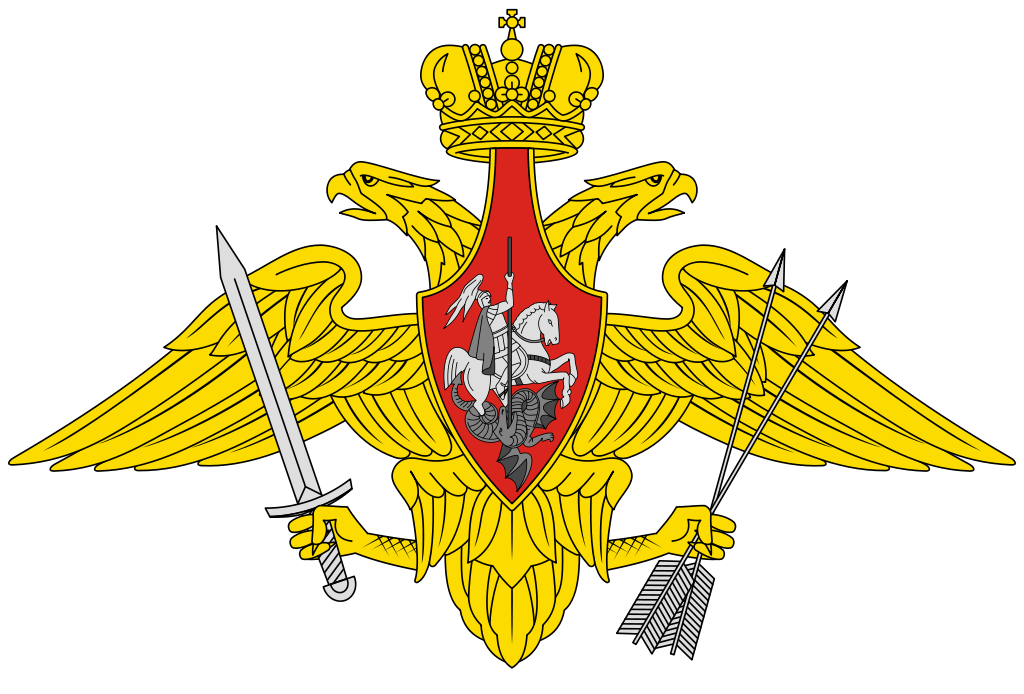Russian missile forces emblem.png

Part 1 of 3 Parts
Russia is the number two nuclear power in the world. They have about fifteen hundred warheads deployed on delivery systems and forty-five hundred in standby reserve. For years, Vladimir Putin, the President of Russia, has been brandishing his nuclear sword around the world. Russia has flown nuclear bombers through other countries airspace without warning. Russia has also been sailing nuclear armed ships and submarines through other countries territorial waters without warning. Years ago, he said that if Russia were losing a ground war to NATO troops with conventional weapons, he might use tactical nuclear weapons on the battlefield. However, there is one issue that might cause problems for Putin if he decides to use nuclear weapons. Do the warheads in the Russian arsenal actual work?
It might seem unlikely that Russians nuclear weapons would not work but it is a possibility. There are two connected reasons that Russia might not actually be a nuclear power.
First, nuclear weapons have what can be referred to as a “shelf life”. They are not like standard ammunitions that can be wrapped in grease paper and still function fifty years later. Nuclear warheads had critical parts made of radioisotopes which decay over time. They must be serviced regularly to replace those critical parts. There are several different components that must be replaced but one of the most important is tritium gas. Tritium gas is an radioactive isotope of hydrogen in which the nuclei contain one proton and two neutrons.
The nuclear bomb dropped on Nagasaki, Japan, at the end of World War II. It weighed ten thousand pounds and was six feet across. The explosion was equivalent to twenty thousand tons of TNT. It obliterated most of Nagasaki but was very impractical from a modern perspective.
Modern nuclear fission weapons are “boosted” with tritium. They have hollow cores (referred to as ‘levitated’ cores) with a hollow sphere surrounding a smaller solid core which is suspended by wires in the center of the outer sphere. This configuration is more effective at compression. But it is not enough to make an atomic bomb the size of a bowling ball.
In order to achieve that goal, tritium gas is pumped into the hollow space inside the levitated core. Modern bombs need between three and foud grams of tritium in order to achieve the desired fission reaction. The tritium fuses as it is compressed, which generates billions of neutrons. The initiators of Fat Man only released a few neutrons. The compression in modern warheads speeds up the reaction. This is critical for hydrogen bombs because they depend on the flash of gamma rays from the initial reaction to compress and react the secondary stage before everything is blown apart by the fission’s trigger atomic blast wave.
This is also critical for tactical battle field nukes which must be lightweight and portable. It is safe to say that there are no un-boosted nuclear weapons in existence except possibly for a few prototypes in the possession of almost nuclear power like South Africa of North Korea.
Please read Part 2 next